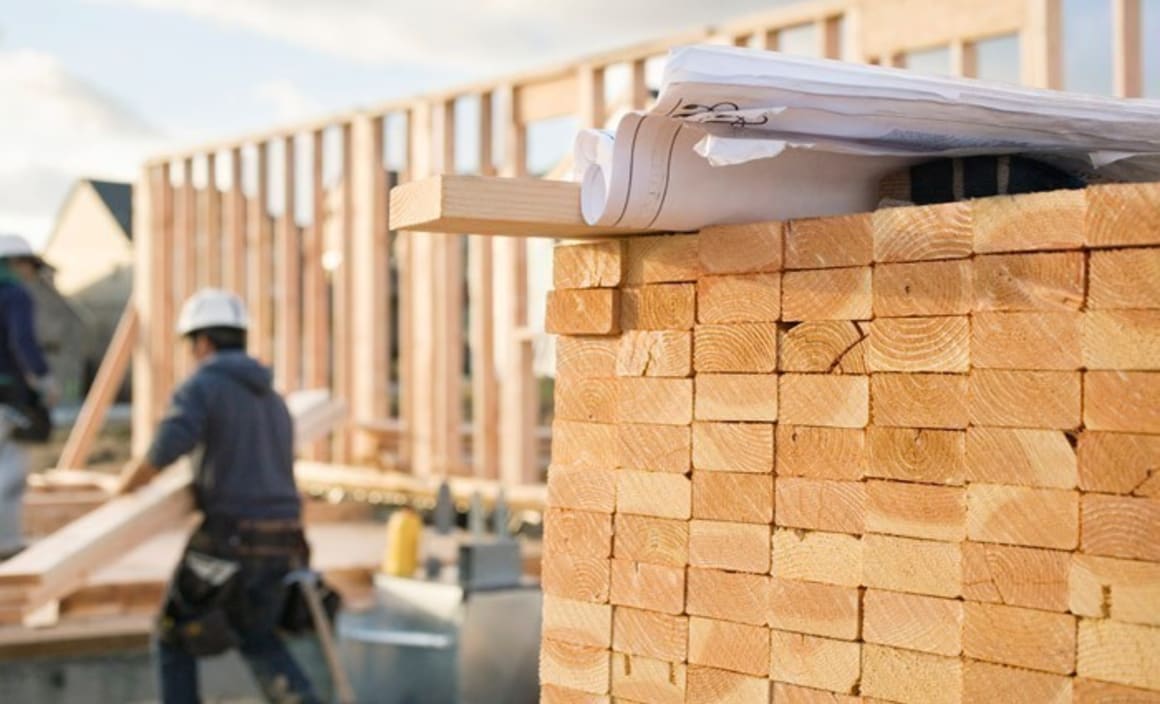New dwelling supply will result in oversupply: QBE Housing Outlook

The underlying demand for new dwellings is driven largely by the increase in households, underpinned by population growth, according to QBE's latest housing report.
The balance between underlying demand and supply has an impact on vacancy rates, rents, prices and construction.
Chart 15 shows the forecast average underlying demand for additional dwellings by state in the next three years compared with current supply, with supply indicated by total new dwelling starts in 2015/16.

New dwelling starts in 2015/16 in all states are on track to be higher than forecast annual underlying demand over the three years to 2018/19.
The boost to new dwelling supply will move all the states into oversupply, with the exception of New South Wales, where the accumulation of a high dwelling deficiency will take some time to be absorbed.
The states where commencements are now highest relative to forecast underlying demand are Australian Capital Territory (86% above), the Northern Territory (69% above) and Western Australia (61% above).
Chart 16 shows dwelling stock deficiency by state as a percentage of forecast annual underlying demand as at June from 2016 through to 2019.

A large dwelling stock deficiency has accumulated in New South Wales and is currently the highest of all states at June 2016. This is evidenced by its low vacancy rate. With dwelling starts now eclipsing annual underlying demand; being 49% higher, the dwelling stock deficiency in New South Wales is beginning to be absorbed and is projected to fall below one year’s worth of underlying demand from 2017/18.
Record highrise apartment construction activity in the inner city areas of both Melbourne and Brisbane is taking supply above underlying demand. In Victoria, dwelling starts were 40% above underlying demand, while in Queensland it was 59% higher.
As a result, the small dwelling stock deficiencies in each state at June 2016 are anticipated to erode and become a dwelling stock surplus by June 2017. The stock surplus in each state is forecast to increase with the surplus likely to be most concentrated in the apartment sector.
With Western Australia’s commencements being 61% higher than underlying demand in 2015/16, a small stock surplus has already emerged, which is evidenced by Perth’s high vacancy rate.
With much of Western Australia’s temporary skilled migrants living in camps onsite and in temporary accommodation during periods of not working, it is likely that the surplus dwelling stock is higher than indicated.
As the Western Australian economy continues to slow and temporary migrants return to their country of origin, the oversupply is expected to become more acute over the next three years.
In the Northern Territory the current dwelling surplus is illustrated by Darwin’s high vacancy rates and falling rents, and the surplus is expected to persist throughout the forecast period.
Similarly, in Tasmania and South Australia, based on current and forecast construction levels, the current dwelling surplus in both states is forecast to rise through to 2018/19 and be higher than a year’s underlying demand.
The Australian Capital Territory has been consistently overbuilding, culminating in a growing surplus of dwellings over the next three years. This is characterised by falls in rents, and until recently, high vacancy rates.
There has been a marked shift toward new unit development since 2012/13, which includes villa units, townhouses, semi detached dwellings, terraces, flats and apartments. The rising demand for new units has partly been underpinned by demographic trends, with an increase in preference by some of the population to live in smaller dwellings.

However, the largest driver of the shift has been the strong investor demand in this period, with units typically favoured by investor purchasers. Units have accounted for 46% of total dwelling approvals in Australia between 2012/13 and 2015/16. This compares with a 33% share in the 10 years to 2011/12.
The largest increase in unit development has been in Victoria (from 30% share in the 10 years to 2011/12, to 47% over the past four years) and Queensland (33% share rising to 46%). While over half of new dwelling approvals in New South Wales, Northern Territory and Australian Capital Territory are units, unit building activity has always accounted for a high share of new dwelling activity in this state and these territories. Gains in unit development have been less pronounced in the other states.
With the increase in unit construction being higher than for house construction over the past four years, it is likely that oversupplies in the states will be most prevalent in the unit sector. In Victoria and Queensland, where the greatest increases in unit dwelling building is occurring, the projected surpluses will be most heavily concentrated amongst apartments in the inner city markets.